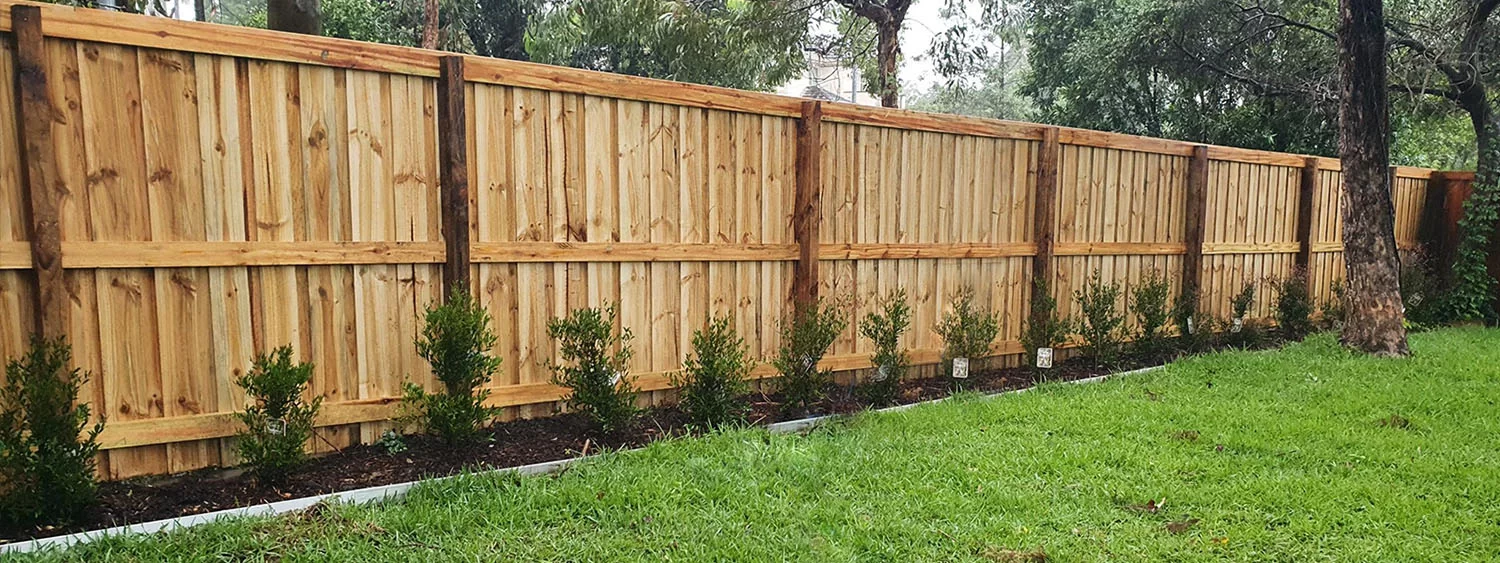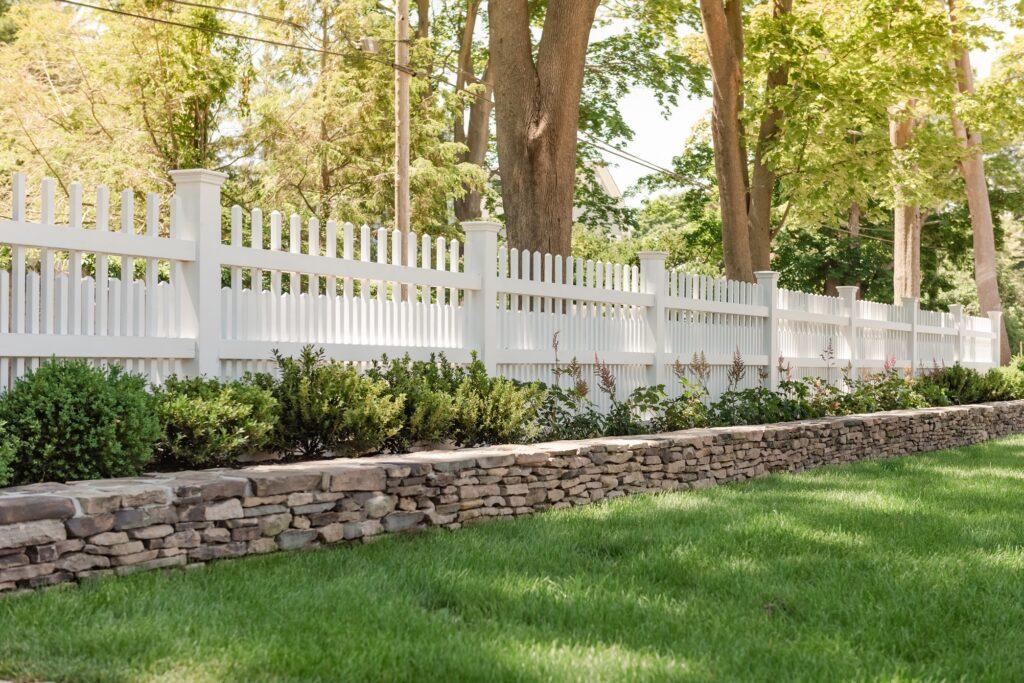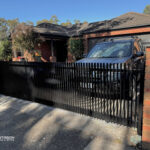Thinking about putting up, replacing, or raising a fence in Victoria? Great move—but before you order materials or talk to your neighbour, you need to understand how Fence Height Regulations actually work here. In Victoria, fence rules aren’t just “one number for everyone.” They come from statewide building regulations, they can be modified by local planning controls, and some situations (like corners or declared roads) have their own limits. This guide breaks it all down—simply, accurately, and with the exact sources—so you can make compliant, confident decisions.
How Fence Rules are Structured in Victoria
1) Statewide building rules (binding)
The Victorian Building Regulations 2018 (Part 5 — Siting) set baseline rules for fence heights—especially for front fences and situations near intersections. The key clauses you’ll hear about are:
-
Regulation 89 — front fence height within 3 metres of the front street alignment.
-
Regulation 92 — visibility controls at street intersections (corner lots).
These are legal standards. If your fence doesn’t comply, you generally need to seek Report & Consent from council along with your building permit. (Many councils publish their own Reg 89 forms summarising the same limits.)
2) Local planning controls (can be stricter)
Even when you meet building regulations, your local planning scheme (zones/overlays, including the ResCode standards) may set different or additional front fence expectations—most commonly to keep streetscapes open. Councils and state planning guidance make this clear under Standards A20/B32 — Front fences. Always check your address for overlays and any zone schedule notes.
3) The Fences Act (process & cost-sharing)
The Fences Act 1968 (Vic) covers neighbourly process—not the technical height rules. It’s about who pays what and how to give notice, rather than “how high.” (Use it for cost-sharing discussions; use Building Regulations for height.) If you need the legal height numbers, they live in the Building Regulations, not the Fences Act. (General clarification—see Reg references throughout.)
Fence Height Regulations in Victoria
Fence height regulations in Victoria are governed by local planning schemes and the Building Regulations 2018 under the Building Act 1993. These regulations aim to ensure that fences are constructed safely and blend harmoniously within residential and commercial areas. Different types of fences and locations have specific height restrictions, which may determine whether a building permit is required.
1. Front Fences

The height of front fences (facing the street) is typically restricted to ensure good visibility and an open streetscape.
Residential Zones
In residential areas, the maximum height for front fences is 1.5 meters on streets with speed limits of 50 km/h or less. For streets with higher speed limits, fences can be up to 2 meters high without a permit.
Corner Blocks
For properties on corner blocks, the height limit may be stricter to ensure safe visibility for drivers and pedestrians. The maximum height for a corner fence may be reduced to 1.2 meters near intersections or pedestrian crossings.
Material-specific Regulations
Most councils in Victoria do not require a permit for steel or timber picket front fences, provided they are no taller than 1.5 meters and maintain visual transparency.
For front fences made of masonry, the height limit is slightly lower, at 1.2 meters. While a planning permit may not always be required, a building permit with structural engineering design and certification is typically necessary, as masonry fences are considered structural works. Masonry materials include:
- Concrete panels
- Bricks
- Concrete blocks
- Hebel blocks
- Hebel panels
If you wish to install barbed wire on your front fence, it must be set back at least 2 meters from the street.
2. Side and Rear Fences

In most areas, side and rear fences that are not adjacent to the front street boundary can be built to a maximum height of 2 meters without requiring a permit. However, updated regulations allow fences to reach a maximum height of 3.6 meters.
It’s important to note that any section of the boundary fence within 3 meters of the front fence must not exceed 1.5 meters in height. This restriction ensures clear visibility for drivers, reducing the risk of accidents involving children and pets.
Typically, boundary fences in Victoria range from 1.6 to 1.8 meters in height, with back fences commonly standing at 2 meters along the boundary.
If a fence exceeds 2 meters in height or is located on a site with special conditions, such as heritage overlays or a significant slope, a planning permit from the local council may be required.
3. Pool Fences

Pool fences in Victoria are subject to strict regulations due to safety concerns. Any pool deeper than 30 cm must be fenced off to prevent unauthorized or accidental access. Pool fences must meet Australian Standards (AS 1926.1) and be at least 1.2 meters high, non-climbable, and equipped with childproof gates.
4. Heritage Areas
In heritage precincts or on heritage-listed properties, fence height restrictions are often stricter. Design requirements may also be imposed to ensure that the fence complements the historic nature of the property or area. Consultation with the local council’s heritage advisor may be necessary before constructing a fence in such locations.
5. Other Types of Fences
If your property is located within a General Residential Zone 1 (GRZ1), the maximum allowable fence height is 1.2 meters.
Additionally, roller doors, screens, and gates must comply with the height limits set for adjacent fences. When excavating for fence construction, ensure that the site is properly secured or fenced off during the building process.
Fence height regulations in Victoria are crucial to property developers for several reasons, impacting both the planning and success of their projects. Here are the key factors explaining why these regulations matter:
1. Compliance with Local Council Laws
Victoria has specific height restrictions for fences, typically dictated by local councils. Residential fences facing the street usually have a maximum height of 1.5 to 2 meters, while side and rear fences can be taller. Non-compliance with these regulations can result in penalties, forced removal, or modifications, leading to additional costs and project delays for developers.
2. Aesthetic and Neighborhood Integration
The height of fences influences the overall look of a development. Property developers must ensure that their fence designs match the character and aesthetic of the surrounding neighborhood. Overly high or non-compliant fences can be seen as intrusive or detract from the visual appeal of the area, impacting property values and buyer interest.
3. Safety and Security
Fence height regulations often balance the need for security with visibility. While taller fences can offer better security, they may block sightlines, raising concerns about safety for pedestrians or drivers. Regulations help developers create properties that are secure while maintaining the visibility needed for public safety.
4. Privacy Considerations
For residential developments, privacy is a significant concern. Developers need to adhere to regulations that maintain privacy for property occupants without violating local rules or infringing on neighbors’ rights. Proper fence height ensures privacy while preventing disputes with neighboring properties over blocked views or perceived encroachments.
5. Environmental Impact
Certain regulations also consider the environmental impact of fences, such as how they might obstruct natural light or airflow to neighboring properties. Developers must balance privacy and security with environmental considerations to avoid legal issues and maintain harmonious neighborhood relations.
6. Maximizing Land Use
For developers working on subdivisions or multi-dwelling projects, fencing can impact the usable space on each property. Height regulations ensure that fences don’t excessively encroach on outdoor space, preserving the usability of land and ensuring compliance with open space requirements.
How to Get a Council Permit to Build a Fence

In some cases, you may need to apply for a council permit to build a fence. This is usually the case when the fence height exceeds the permitted maximum, the property is in a heritage overlay, or the proposed fence is along a road, river, or reserve. Here’s how to apply for a permit.
1. Determine Whether You Need a Permit
The first step is to check with your local council whether your fence project requires a permit. You can do this by contacting the council directly or visiting its website, where specific local planning regulations are published. You will typically need a permit if:
- The fence height exceeds 2 meters in the rear or side boundary.
- The fence height exceeds 1.5 meters on the front boundary.
- The property is in a special area, such as a heritage zone.
- The fence is being constructed on council land.
2. Prepare Your Application
Once you know that a permit is required, you will need to prepare an application. This will generally include:
- A site plan of the property showing where the fence will be located.
- Elevation drawings showing the proposed fence height, materials, and design.
- A description of the works, including how they meet the planning scheme requirements.
- In some cases, a structural engineer’s report may be required, particularly for high or retaining walls.
- The application fee, which varies depending on the council and the complexity of the proposal.
3. Submit the Application
You can submit your application either online through the council’s portal or in person at the council offices. Ensure that all required documents and fees are included to avoid delays.
4. Council Review Process
Once submitted, the council will review your application, which may involve:
- A site inspection by a council officer.
- Consultation with neighbors, especially if the fence height exceeds 2 meters.
- Review by a heritage officer if the property is in a heritage area.
The council will assess whether the proposed fence aligns with the local planning scheme, meets safety standards, and considers the impact on neighbors and the streetscape.
5. Obtain Approval
If your application is approved, you will receive a permit outlining any conditions, such as the use of specific materials or height restrictions. In some cases, you may need to comply with additional conditions, like setting the fence back from the boundary or using particular materials to maintain the neighborhood’s character.
If your application is denied, you may appeal the decision at the Victorian Civil and Administrative Tribunal (VCAT).
What to Do When Your Fence Shares with Council Land

Sharing a boundary with council land introduces additional considerations. Council land includes parks, reserves, roadsides, and public facilities. Here’s what to do if your property borders council land and you need to build or repair a fence.
1. Determine Ownership of the Fence
Before proceeding, it’s essential to establish whether the existing fence, if any, is owned by you or the council. In many cases, the council is not responsible for boundary fences between private land and council land. However, certain types of public land, such as parks and reserves, may be exceptions.
2. Consult with the Council
If the fence will border council land, you should contact the council to discuss your plans. This is crucial because:
- The council may have specific requirements regarding the design, height, and materials for fences bordering public spaces.
- The council may share the cost of the fence if it serves both public and private land. This is typically only the case with open spaces like parks or reserves.
3. Cost-Sharing Agreements
In some instances, the council may agree to share the cost of building or repairing a fence that borders council land. This will depend on local policy and the specific type of land in question. For example:
- Public Open Spaces: Councils are sometimes willing to contribute to the cost of fences that border public open spaces, such as parks, particularly if the fence enhances security or visual appeal.
- Road Reserves: If the fence borders a road reserve, it’s unlikely the council will contribute to the cost.
To formalize any cost-sharing arrangement, a written agreement should be made between you and the council. This agreement will detail the respective responsibilities for construction, maintenance, and repair.
4. Consider Public Safety and Access
When building a fence adjacent to council land, you must also consider public safety and access. For example:
- If the fence obstructs access to a public footpath or cycling path, the council may require you to reposition the fence or include access gates.
- The fence should not impede public amenities or services, such as street lighting, water mains, or drainage systems, and may need to accommodate these services.
5. Ongoing Maintenance and Repair
After the fence is built, maintenance and repair will generally be the responsibility of the property owner, even if it borders council land. However, the council may intervene if the fence becomes hazardous or obstructs public access. Ensure the fence remains in good condition to avoid penalties or mandatory repairs from the council.
Conclusion
In Victoria, Australia, building a fence requires careful consideration of local regulations, particularly regarding height and location. While side and rear fences can often be built up to 2 meters without a permit, front fences, pool fences, and those in heritage areas may require council approval. If your fence shares a boundary with council land, it’s essential to consult with the council to ensure compliance and, in some cases, negotiate cost-sharing arrangements. By following these steps, you can avoid disputes and ensure that your fence meets all legal requirements while enhancing your property’s privacy and security.





